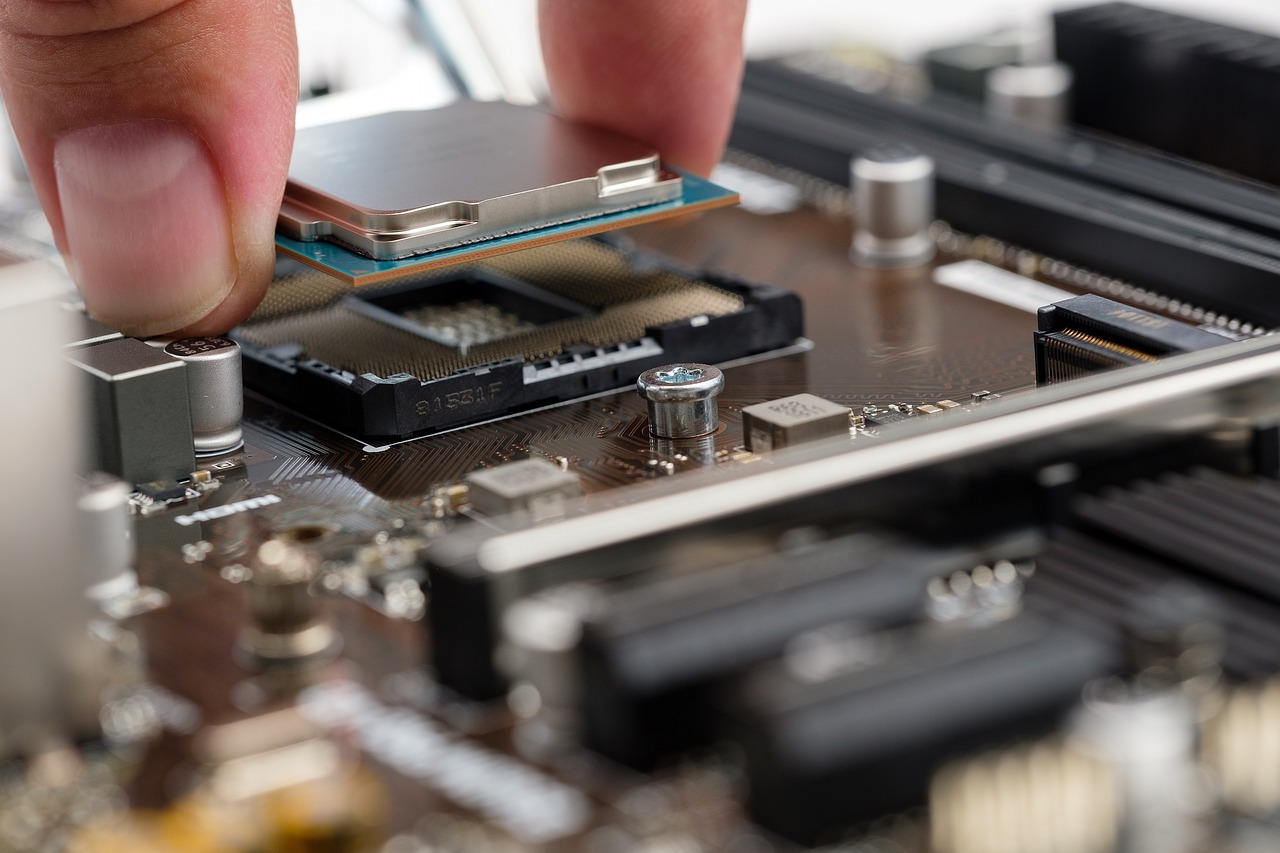Parliament and Council have reached an initial agreement on the Community Chips Act regulation.
Watchword: resilience. Almost a mantra, which Europe has decided to rely on in order to recover from the period of pandemic crisis whose aftermath we are still experiencing today. Resilience: the framework now of every initiative put in place by the EU, even the one on the European Chips Act, which sees precisely resilience, autonomy and European technological sovereignty as its cornerstones.
Launched on September 15, 2021 by European Commission President Ursula Von Der Leyen during the State of the Union, the Chips Act is increasingly becoming a reality. Last April 18, during the so-called Trilogue phase, the European Council and Parliament did, in fact, reach an initial provisional political agreement on this legislation, moving its entire process forward at a rapid pace. This provisional agreement now needs to be finalized, approved and formally adopted by both institutions.
But why this initiative? Despite the presence of first-rate companies, Europe has an overall global share of the semiconductor manufacturing market of less than 10 percent and is heavily dependent on third-country suppliers. The U.S.-China trade war first, and the Covid19 pandemic later, have highlighted even more this dependence, not only European but global, of the semiconductor value chain, which is in the hands of a small number of players (China, Taiwan, and South Korea). A dependence that, given the crucial importance of these elements now present in so many everyday objects, no country can afford anymore. Europe included.
If the United States had already taken action with its U.S. Chip Act, which put as much as $52 billion in aid for the industry on the table, followed by China as well, Europe has certainly not been idle.
The goals set by the European Chips Act are very ambitious:
- Increase European production capacity to 20 percent by 2030;
- Strengthen European leadership in chip research and technology;
- To developinnovation in the design, manufacture and packaging of technologically advanced and energy-efficientchips;
- Addressing the skills shortage by attracting new talent and seeking to increase the skilled workforce;
- Gain in-depth knowledge of global semiconductor supply chains to monitor their operation, understand their future trends, and especially anticipate their disruptions to be able to react promptly and prevent supply chain disruption.
To do this, investments totaling 43 billion euros have been estimated, 11 billion of which are planned for the"Chip for Europe" initiative directed at financing the growth of Europe's technological leadership by developing research, design and manufacturing capabilities especially of the latest generation of chips such as quantum chips, but above all interventions in education, training, qualification and retraining. Indeed, it is important to invest in manufacturing, but if there is not the talent to be employed in these factories you certainly will not get very far. It is like a dog biting its own tail.
To these must be added the private investments and loans that the European Investment Bank will grant to the entire semiconductor ecosystem. It is precisely the EIB together with the InvestEu Fund that will create the "Chip Fund" to revitalize and expand all those realities that excel in the field of semiconductor technology; but also to incentivize the emergence of innovative start-ups and the construction of new production facilities, and thus of foundries.
This is all very nice and important, but some analysts are not satisfied with this initiative: the most advanced criticism has been for the amount of funds set up, not enough, according to some, to make Europe truly autonomous and competitive in terms of Chip production. The same goal of increasing European production capacity by 20 percent by 2030 is seen by some as not only too ambitious but also utopian: in fact, the chip industry is a complex sector that is very capital intensive, and prone to very high concentration, with barriers to entry difficult to overcome. They are typically produced in a very few large foundries, requiring investments in the billions and years of work to make. The chip production chain itself is very long (often years), economically costly and, above all, subject to sudden technological innovations that one must stay abreast of to be truly competitive. And it is precisely under this last point that Europe, compared to its other competitors (the United States and China), is very deficient. So there is a long way to go, and it could take decades to travel it. But the important thing is that we have started.
The path taken by Europe is the right one. Geopolitical scenarios are constantly evolving: the war between Russia and Ukraine has further demonstrated that interdependence in any sector (in the specific case of energy) is becoming increasingly counterproductive and that a solution must be found. The groundwork has been laid, now we need to continue on this path, adjusting our aim if need be.

